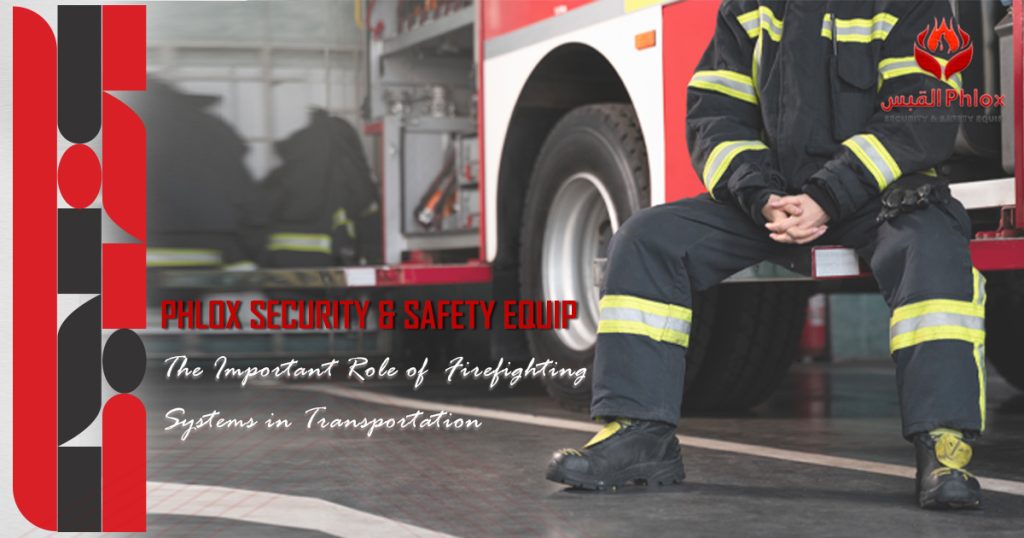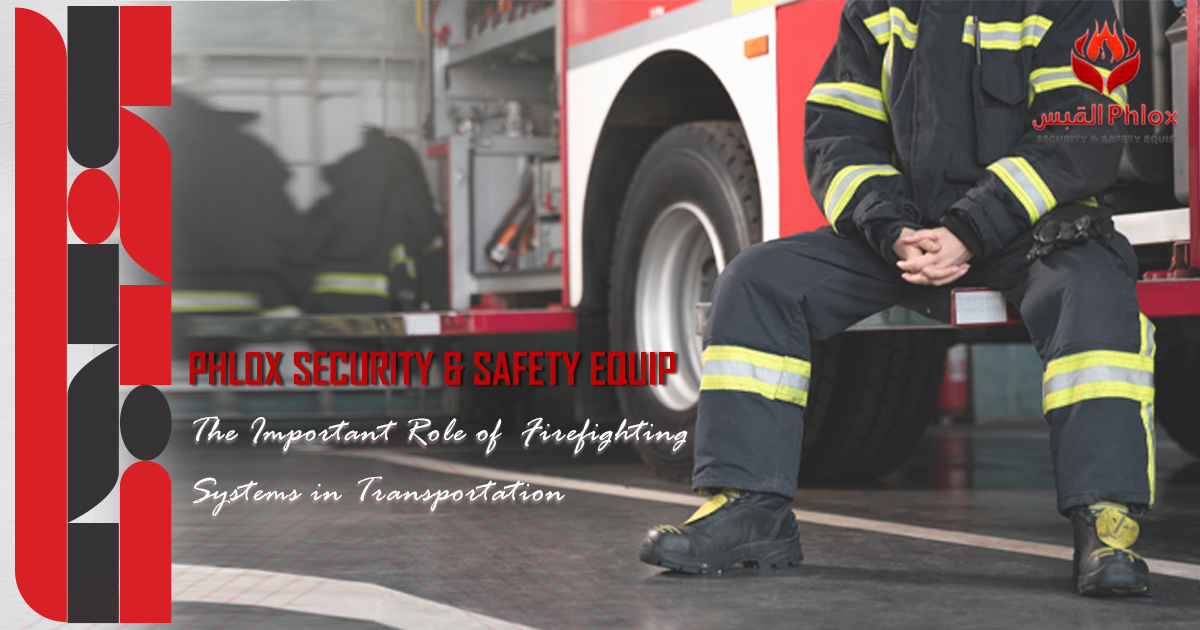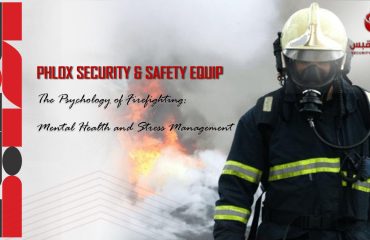
The Important Role of Firefighting Systems in Transportation
When it comes to transportation, ensuring passenger safety is paramount. Whether it’s on the road, in the air, or at sea, the risk of fire emergencies necessitates robust firefighting systems to protect passengers. In this blog, we’ll explore the crucial role of firefighting systems in various modes of transportation and how they work.
Firefighting Systems in Aviation Industry:
In the aviation industry, it’s important to design the aircraft firefighting systems to address the unique challenges of airborne emergencies. Therefore, they equip aircraft with fire detection and suppression systems in cargo holds, engine compartments, and auxiliary power units (APUs). These systems utilize advanced technologies such as smoke detectors, heat sensors, and fire extinguishing agents to detect and suppress fires rapidly. Moreover, they train the aircraft rescue and firefighting (ARFF) teams to respond swiftly to emergencies. Which ensures the safety of passengers and crew members during critical moments.
Fire fighting Systems in Maritime Transportation:
Similarly, firefighting systems play a vital role in maritime transportation. Where the risk of fires onboard ships and vessels is ever-present. Marine vessels are equipped with fire detection and suppression systems tailored to maritime environments, including engine rooms, cargo spaces, and accommodation areas. Furthermore, it’s important to have the automatic sprinkler systems, fire pumps, and handheld extinguishers among the tools utilized to combat fires at sea. Furthermore, maritime firefighting teams undergo rigorous training to handle complex fire emergencies, often in remote or challenging maritime environments.
Fire fighting Systems on The Roads:
On the roads, firefighting systems in transportation vehicles such as buses and trains are essential for passenger safety. These systems include fire detection sensors, emergency evacuation procedures, and onboard firefighting equipment to address fires that may occur during transit. Additionally, public transportation agencies prioritize fire prevention through routine maintenance and inspections of vehicles and infrastructure to mitigate the risk of fire incidents.
Lastly, fire fighting systems are integral components of transportation safety, providing critical protection against fire emergencies in various modes of travel. By implementing robust fire detection, suppression, and response measures, transportation authorities and operators ensure the safety and well-being of passengers, crew members, and assets, fostering confidence in the reliability and security of transportation services.




